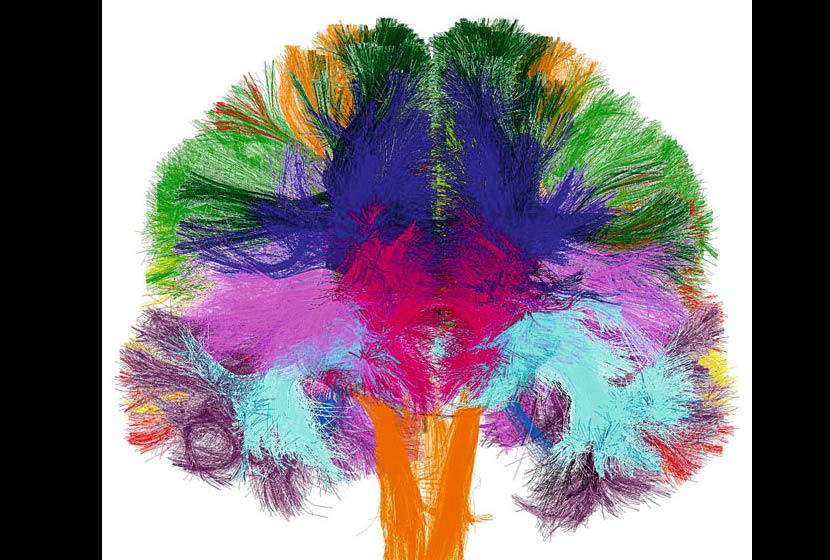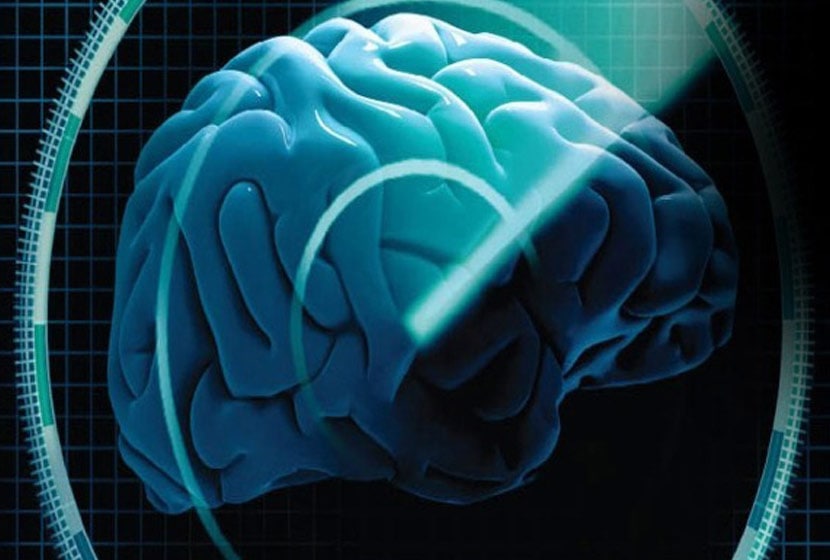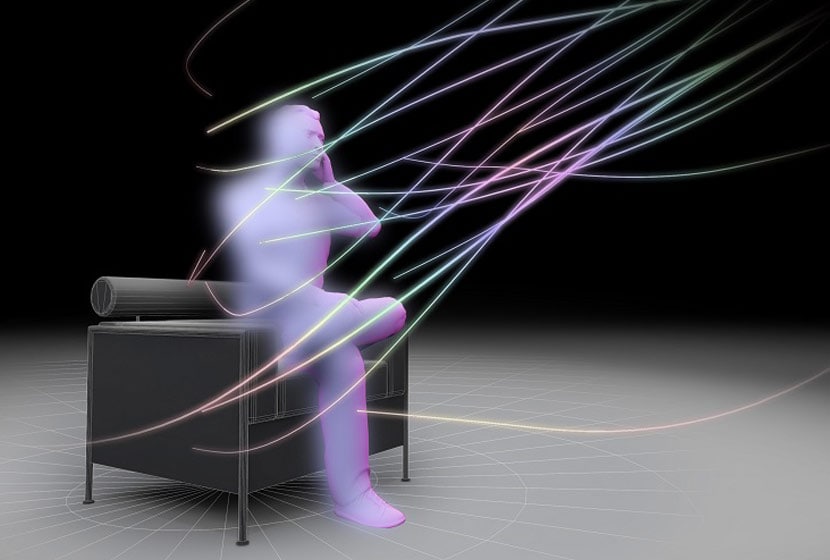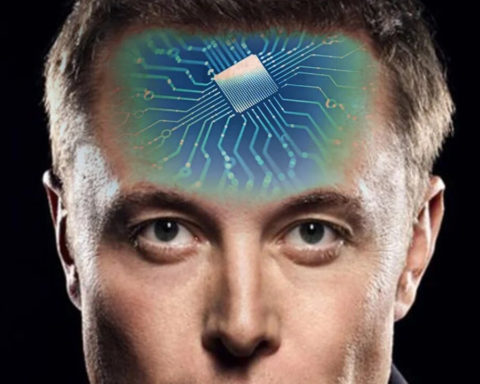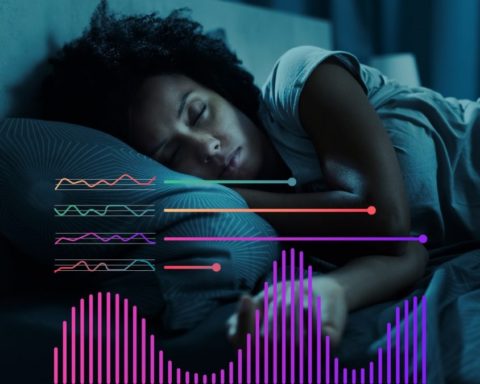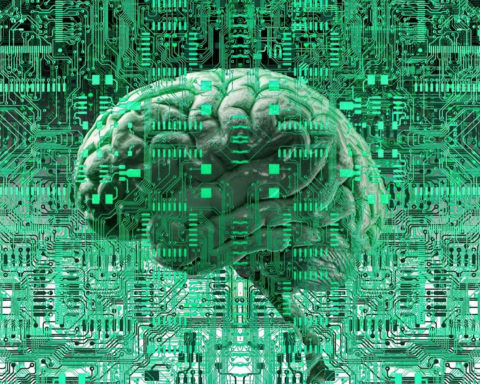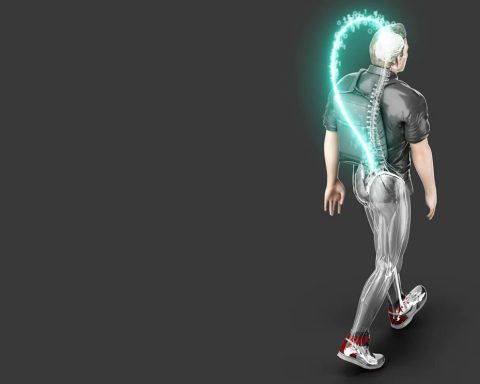On Thursday, January 30, 2014, the second edition of the Marcel Dassault Prize for Research on Mental Illnesses was awarded to anBrain and Spinal Cord Institute, Dr. Luc Mallet, team leader. Behaviour, Emotion and Grassroots Ganglia at the MHI and INSERM Research Director, and Laureate in the "Behaviour, Emotion and Grassroots Ganglia" category at the MHI "Researcher of the Year" for the importance of his research on Obsessive Compulsive Disorder (OCD).
Ahe research program of Dr. Luc Mallet revolves around several points in order to develop innovative treatments for the most severe cases.
Ahe brain is the seat of our thought, the true command post of our body. In spite of the countless studies devoted to it, it retains many of its mysteries. Let's try to unveil some of them...
Visualizing the human brain in action
 "Neuroscience is increasingly based on large instruments capable of measuring tens of thousands of neurons in animals, or seeing the entire human brain. Neurospin is one of those "observatories of the mind". In 2014 we will have an 11.7 tesla MRI, the only one of its kind in the world, for imaging the whole body in humans, coupled with a magnetoencephalography device, which makes it possible to study the dynamics of brain activity. Hence all sorts of discoveries which are only at their beginnings.
"Neuroscience is increasingly based on large instruments capable of measuring tens of thousands of neurons in animals, or seeing the entire human brain. Neurospin is one of those "observatories of the mind". In 2014 we will have an 11.7 tesla MRI, the only one of its kind in the world, for imaging the whole body in humans, coupled with a magnetoencephalography device, which makes it possible to study the dynamics of brain activity. Hence all sorts of discoveries which are only at their beginnings.
By studying the mental processes of reading, we have identified the "letterbox of the brain" that processes the visual form of words in all the languages of the world. We have just had extraordinary confirmation of this in blind people. In collaboration with Amir Amedi's Israeli team, we have shown that when blind people read Braille, they activate the same brain mailbox as sighted readers. But also when they have learned to read by auditory means: when the image of the text to be read, filmed by a camera, is transformed into sounds of varying frequency, depending on the shape of the letters. After several weeks of training with these sounds, blind people manage to read! This means that the brain is remarkably pre-organized for reading, regardless of language or sensory modality.
It would be a good idea to invent pedagogical tools for learning to read based on what we can learn from the child's learning styles. (cf. the collective work: Learning to read: From Cognitive Sciences to the Classroom, Odile Jacob - 2011).
These instruments also allow us to see that subliminal images pass through the entire visual cortex, are represented in the brain, and can influence a subject's motor response.
Many colleagues have discovered that a whole range of brain areas are interested in the thinking of others - also dealing with our own thinking. A precursor of this system is thought to exist in the macaque. But only the human species seems to be able to picture the beliefs of others when they differ from its own: "you think something but I think the opposite". There would be a unique network in man capable of decoupling our thinking from the thinking of others. »
Comment from prospective.fr: since it has been working like this for so long, how is it that man has not become more tolerant? Lack of oxytocin?
Source : Stanislas Dehaene, neuroscientist - comments collected by Florence Rosier - Le Monde - December 4, 2013
Does the brain have a sex?
Other research being promoted by advances in brain imaging.
According to recent studies, connections in the brain are made differently for men and women. There are billions of these connections, which are influenced by heredity, experience, biochemistry, left- or right-handedness, and so on.
Why is autism more common in boys and multiple sclerosis more common in women? Why do strokes, heart attacks and nervous breakdowns express themselves differently in men and women? Is the answer hidden in differences in brain function? Before finding answers (and perhaps cures), we need to see if this difference exists. This is now possible thanks to advances in medical imaging of the brain in action.
Of course, the results of all these experiments could be different depending on how the computer calculations are performed from one laboratory to another. "But when the results are the same no matter how you process the data, it's great," enthuses Dr. Neda Jahnastad, who, with her team at the University of Los Angeles, has studied the brain function of healthy twins (147 women and 87 men) and found differences in the frontal lobe - the area associated with speech, decision-making and self-control.
Other research conducted at the University of Pennsylvania on 521 girls and 428 boys, aged 8 to 22, showed that the difference begins in adolescence. In short, neuronal connections tend to occur within hemispheres in boys and across hemispheres in girls. This would explain why women are generally more multitasked and better at analytical thinking that requires coordination of both hemispheres and why men are better equipped for work that requires attention and concentration on a single subject for a long time. But researchers caution that this is still only speculation.
And, as Paul Thomson, head of the Department of Genetic Research and Imaging at the University of Southern California, admits, "it's a subject that's going to set the world on fire! »
Yet there is nothing wrong: equal does not mean the same.
Source: Robert Lee Hotz - The Wall Street Journal - December 11, 2013
As Bernadette Lecerf-Thomas explains very clearly, in her book "Activating Talent with Neuroscience." (Ed. pearson 2012): "for the development of one's capacities and mental agility, each person has different levers; to understand their assets and constraints is to know how to activate them effectively".

About the Dassault Prize for Mental Illness Research
The Dassault Group has made a three-year commitment to the FondaMental Foundation to support research on mental illness through the creation of a Prize. The Marcel Dassault Prize for Research on Mental Illness distinguishes two categories: the "Researcher of the Year" category rewards a French scientist who has distinguished himself or herself for the importance and quality of his or her research work in psychiatry; the second category supports an "Innovation Project".
Photo: CEA/I²BM/NeuroSpin

